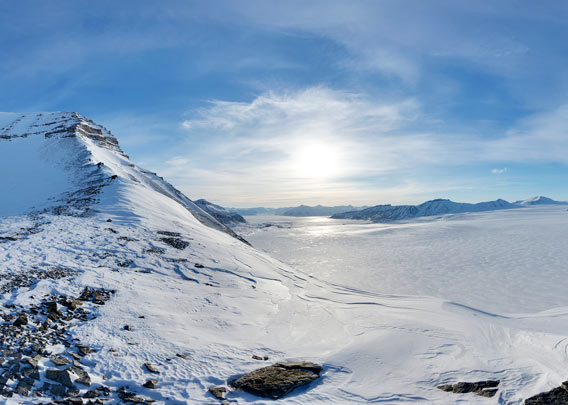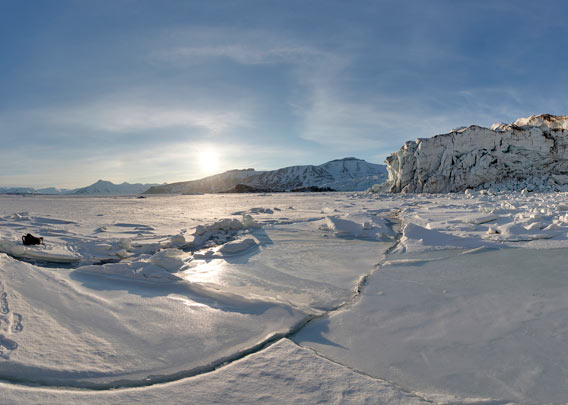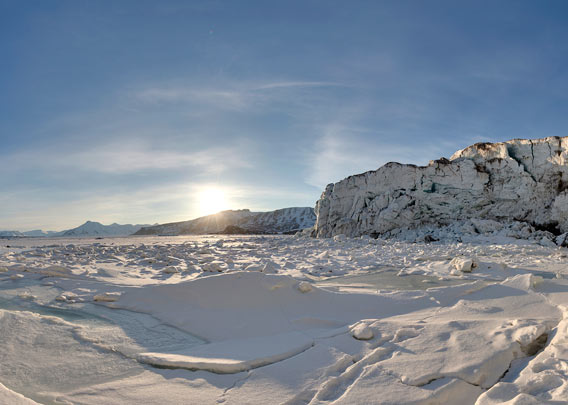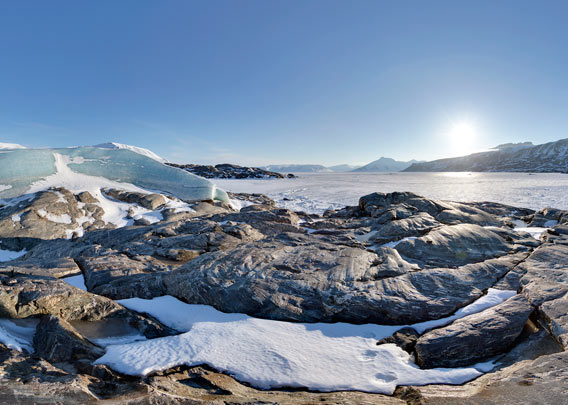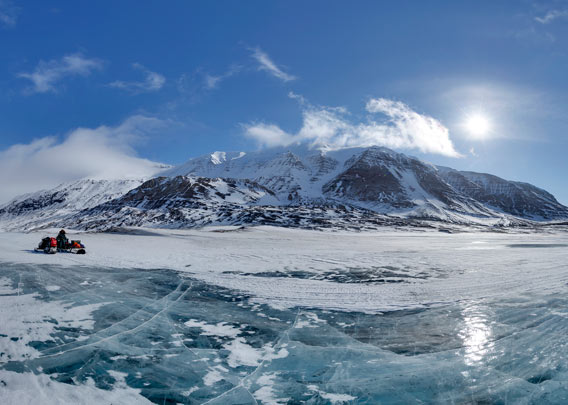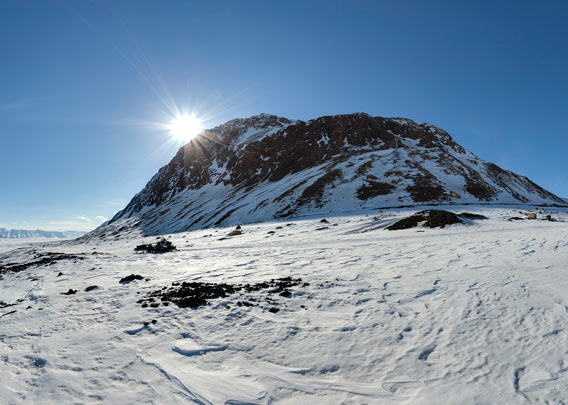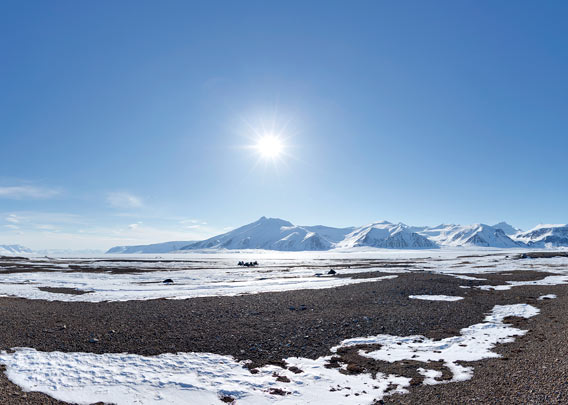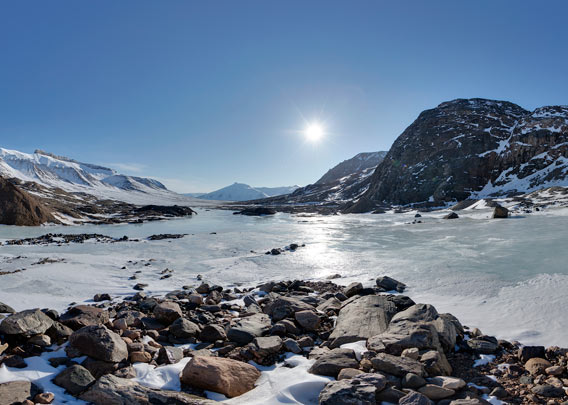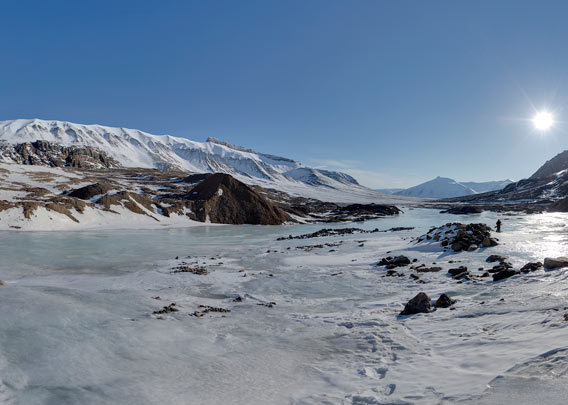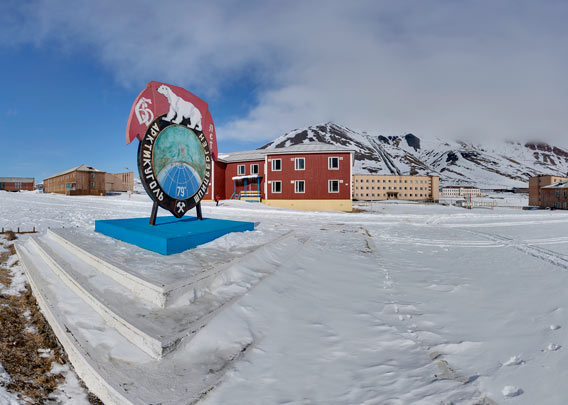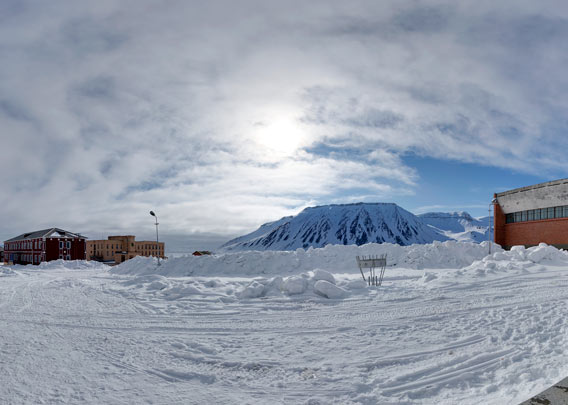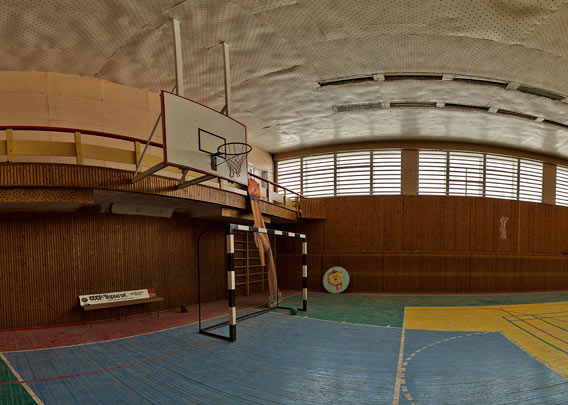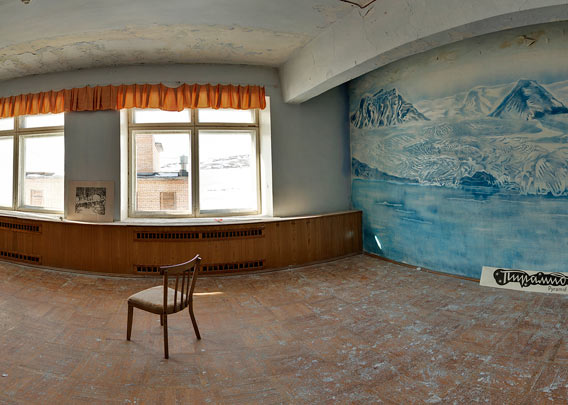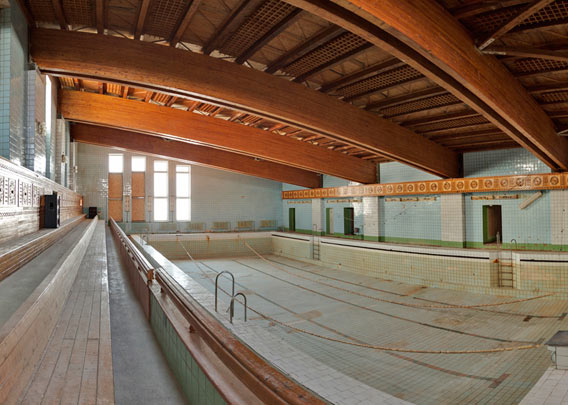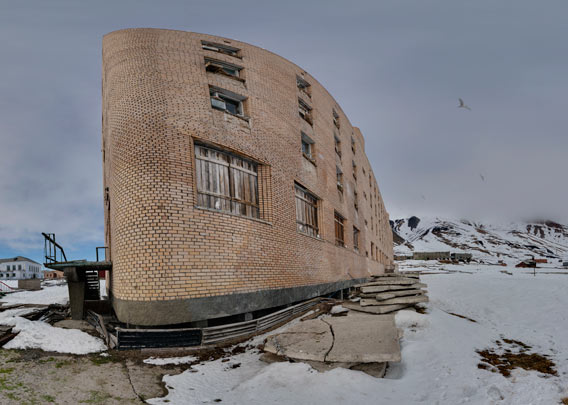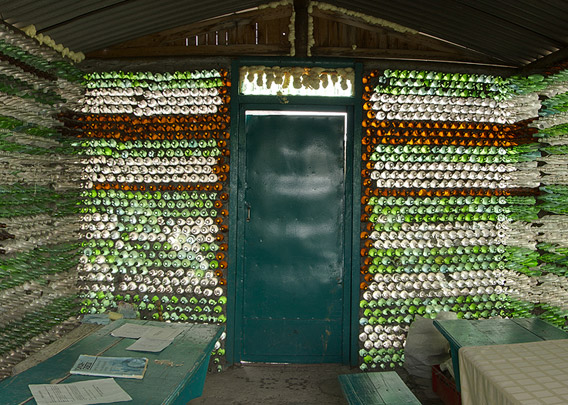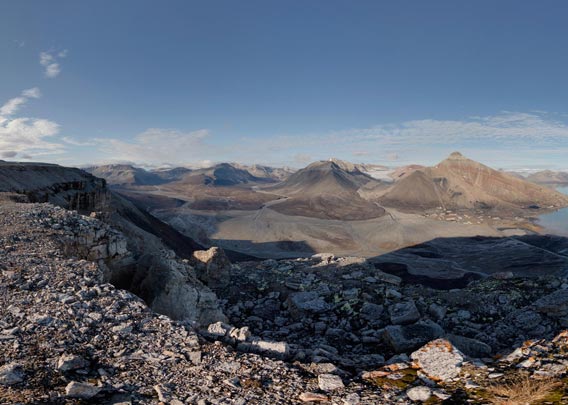-
current
recommendations- Liefdefjord
New page dedicated to one of Spitsbergen's most beautiful fjords. Background information and many photos.
- New Spitsbergen guidebook
The new edition of my Spitsbergen guidebook is out and available now!
- Liefdefjord
New page dedicated to one of Spitsbergen's most beautiful fjords. Background information and many photos.
Page Structure
-
Spitsbergen-News
- Select Month
- June 2025
- May 2025
- April 2025
- March 2025
- February 2025
- January 2025
- December 2024
- November 2024
- October 2024
- September 2024
- August 2024
- July 2024
- June 2024
- May 2024
- April 2024
- March 2024
- February 2024
- January 2024
- December 2023
- November 2023
- October 2023
- September 2023
- August 2023
- July 2023
- June 2023
- May 2023
- April 2023
- March 2023
- February 2023
- January 2023
- December 2022
- November 2022
- October 2022
- September 2022
- August 2022
- July 2022
- June 2022
- May 2022
- April 2022
- March 2022
- February 2022
- January 2022
- December 2021
- November 2021
- October 2021
- September 2021
- August 2021
- July 2021
- June 2021
- May 2021
- April 2021
- March 2021
- February 2021
- January 2021
- December 2020
- November 2020
- October 2020
- September 2020
- August 2020
- July 2020
- June 2020
- May 2020
- April 2020
- March 2020
- February 2020
- January 2020
- December 2019
- November 2019
- October 2019
- September 2019
- August 2019
- July 2019
- June 2019
- May 2019
- April 2019
- March 2019
- February 2019
- January 2019
- December 2018
- November 2018
- October 2018
- September 2018
- August 2018
- July 2018
- June 2018
- May 2018
- April 2018
- March 2018
- February 2018
- January 2018
- December 2017
- November 2017
- October 2017
- September 2017
- August 2017
- July 2017
- June 2017
- May 2017
- April 2017
- March 2017
- February 2017
- January 2017
- December 2016
- November 2016
- October 2016
- September 2016
- August 2016
- July 2016
- June 2016
- May 2016
- April 2016
- March 2016
- February 2016
- January 2016
- December 2015
- November 2015
- October 2015
- September 2015
- August 2015
- July 2015
- June 2015
- May 2015
- April 2015
- March 2015
- February 2015
- January 2015
- December 2014
- November 2014
- October 2014
- September 2014
- August 2014
- July 2014
- June 2014
- May 2014
- April 2014
- March 2014
- February 2014
- January 2014
- December 2013
- November 2013
- October 2013
- September 2013
- August 2013
- July 2013
- June 2013
- May 2013
- April 2013
- March 2013
- February 2013
- January 2013
- December 2012
- November 2012
- October 2012
- September 2012
- August 2012
- July 2012
- June 2012
- May 2012
- April 2012
- March 2012
- February 2012
- January 2012
- December 2011
- November 2011
- October 2011
- September 2011
- August 2011
- May 2011
- April 2011
- March 2011
- February 2011
- January 2011
- December 2010
- November 2010
- September 2010
- August 2010
- July 2010
- June 2010
- May 2010
- April 2010
- March 2010
- February 2010
- November 2009
- October 2009
- August 2009
- July 2009
- June 2009
- May 2009
- April 2009
- March 2009
- February 2009
- January 2009
- December 2008
- November 2008
- October 2008
- August 2008
- July 2008
- June 2008
- May 2008
- April 2008
- March 2008
- February 2008
- April 2000
- Select Month
-
weather information
-
Newsletter

| Guidebook: Spitsbergen-Svalbard |
Home
→ * Photos, Panoramas, Videos and Webcams
→ Spitsbergen Panoramas
→ Billefjord & Pyramiden
Panoramas Billefjord Nord
Panoramas from the abandoned Russian mining settlement of Pyramiden are further down on this site.
Nordenskiöldbreen
- pano anchor link: #Nordenskioldbreen_01Mai13_08
Urmstonfjellet is towering high above its icy surroundings south of upper Nordenskiöldbreen. This is the amazing view from its northeastern corner. In the west, you can see Billefjord and, if you look carefully, the Russian settlement Pyramiden. The huge glacier Nordenskiöldbreen is dominating much of the scenery. In the east, it leads up to the ice cap Lomonossovfonna.
The impressive calving cliff of Nordenskiöldbreen in early May.
- pano anchor link: #Nordenskioldbreen_01Mai13_011
- pano anchor link: #Nordenskioldbreen_01Mai13_046
- pano anchor link: #Nordenskioldbreen_01Mai13_091
- pano anchor link: #Nordenskioldbreen_02Mai13_14
As so many of its kind, Nordenskiöldbreen has retreated in recent years and thus some small, rocky islets came out under the ice – again, as they had been ice-free before and were covered by the glacier during an advance. The rocks are amongst the oldest known in Spitsbergen.
- pano anchor link: #Ragnarbreen_02Mai13_20
Frozen lake between Ragnarbreen and its moraine.
- pano anchor link: #Horbyebreen_02Mai13_32
Hørbyebreen northwest of Petuniabukta. The mountains there are amongst the most beautiful ones in Spitsbergen, including the ciant stone spider Tarantellen. Geologically, the area is also very interesting: the Billefjorden Fault Zone, an important set of now inactive geological „cracks“, is well visible there. Hørbyebreen is in winter part of the route to Pyramiden, in summer it is a possible trekking route to Ålandsvatnet and Austfjord.
- pano anchor link: #Horbyebreen_02Mai13_01
Upper Hørbyebreen.
Petuniabukta: Ebbadalen
- pano anchor link: #Ebbadalen_02Mai13_19
The increasingly strong spring sun has melted, or rather vaporized, much of the snow here in lower Ebbadalen on the east side of Petuniabukta, giving way to a desert-like impression of spring in the arctic.
A unique bit of scenery in inner Ebbadalen, where a waterfall is frozen solid in winter. Wide areas of mirror-like ice cover the valley floor between moraine hills and glacier-polished rock slopes.
- pano anchor link: #Ebbadalen_02Mai13_59
- pano anchor link: #Ebbadalen_02Mai13_79
Pyramiden
This area in central Pyramiden was a meadow of grasses from Siberia, where only children and reindeer were allowed to roam until the settlement was abandoned in 1998. The sign of the mining company and of course Lenin are amongst Pyramiden’s most popular photo objects. The Lenin bust is probably the northernmost one of its kind, unless there is another one somewhere in those few parts of the Russian arctic which are even further north. I have been to the old station on Rudolf Island in northern Franz Josef Land and I haven’t seen any Lenin there. Let me know if you know of any Lenin further north.
- pano anchor link: #Pyramiden_03Mai13_043
- pano anchor link: #Pyramiden_03Mai13_061
- pano anchor link: #Pyramiden_03Mai13_139
The entrance hall of the culture house behind the Lenin statue.
- pano anchor link: #Pyramiden_03Mai13_163
The sports hall is also part of this sovjet-style culture house.
- pano anchor link: #Pyramiden_03Mai13_184
One of several rooms on the second floor of the culture house.
- pano anchor link: #Pyramiden_03Mai13_205
The swimming hall is in a separate building not far from the culture house, next to the open air sports arena “Gagarin”.
- pano anchor link: #Pyramiden_03Mai13_118
Large room on the second floor of a house between hotel and culture house.
- pano anchor link: #Pyramiden_03Mai13_080
A large building with accommodation for miners. Today, it is only inhabitated by Kittywakes that nest in the window frames, making a lot of noise. You can also see hotel Tulipan (tulip).
- pano anchor link: #Pyramiden_03Mai13_022
Bar and restaurant of Hotel Tulipan, not long after the re-opening of the hotel in spring 2013. Not a bad place to spend some time: the service was surprisingly good and the food rich, but Russian style: don’t be surprised about chicken and rice for breakfast. The prices remind, however, of western capitalism, Longyearbyen-style.
- pano anchor link: #Pyramiden_03Mai13_001
Room in hotel Tulipan. Every room has its own toilet. But the shower is somewhere else and costs 50 NOK extra.
The “bottle house”
- pano anchor link: #Pyramiden_17Juli13_095
The famous “bottle house” just outside of Pyramiden on the settlement’s western side (away from the fjord). One can only guess how much time it took them to get the building materials ready 😉 Said to be 5308 bottles! The bottle house was built in 1983.
Yggdrasilkampen 1
- pano anchor link: #170906a_Yggdrasilkampen_055HDR-Pano
Yggdrasilkampen is the mountain on the southern side of Mimerdalen, where the well-known Russian ghost settlement of Pyramiden is situated. It is the long ridge which you constantly see as you look from Pyramiden across the valley. An impressive mountain with a wide plateau with some protruding ledges. It won’t surprise you to read that the view from these ledges is great. The fact that the sun is coming from a good direction for most views of interest during mid-day and afternoon does not hurt either. To the west, you can see the valleys disappearing in the distance in beautiful Dickson Land, you have got Pyramiden more or less to the north or northeast and all the way to the east, you can see Billefjord and Nordenskiöldbreen. All this together makes for quite an impressive panorama! I hope that the panos on this page manage to transport a bit of that impression.
Yggdrasilkampen 2
- pano anchor link: #170906a_Yggdrasilkampen_055HDR-Pano
The „problem“ is that you have to have to get there to enjoy the view. As a round trip from and to Pyramiden, ascending Yggdrasilkampen from Billefjord and descending down to the valley in the west, it is almost 20 kilometres. You are climbing a net altitude of 583 metres. The ascent and descent are both quite challenging: steep slopes with lots of loose scree, that definitely requires good confidence to move around in that kind of terrain. And you have to know the right spots where you actually can get up and down, mostly it is just too steep!
BOOKS, CALENDAR, POSTCARDS AND MORE
This and other publishing products of the Spitsbergen publishing house in the Spitsbergen-Shop.
last modification: 2017-12-27 ·
copyright: Rolf Stange
